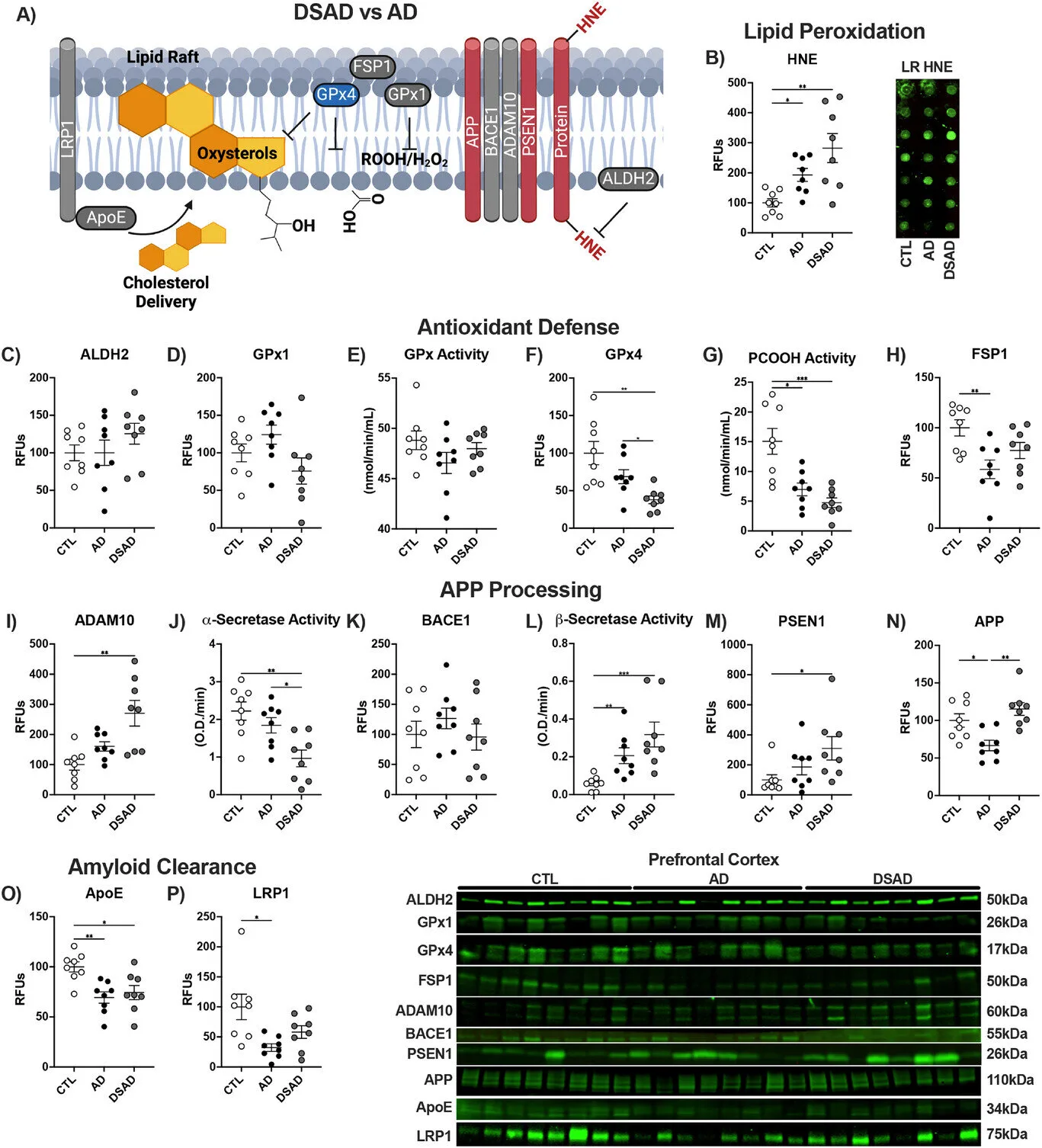Iron Overload in Brains of Individuals with Down Syndrome and Alzheimer’s Linked to Increased Cell Damage
Groundbreaking research from the USC Leonard Davis School of Gerontology has revealed a significant correlation between elevated iron levels in the brain and heightened cellular damage in individuals affected by both Down syndrome and Alzheimer’s disease. This discovery sheds light on potential therapeutic targets for managing neurodegenerative processes in this vulnerable population.
The Connection Between Iron and Cell Damage
The study highlights that excessive iron accumulation within brain cells may exacerbate oxidative stress and inflammation, key drivers of neuronal damage. This is particularly relevant for individuals with Down syndrome, who have a significantly increased risk of developing early-onset Alzheimer’s disease.
- High iron levels can disrupt cellular functions.
- Oxidative stress is intensified by iron overload.
- Inflammation processes are triggered, leading to neuronal damage.
Implications for Treatment and Prevention
Understanding the role of iron in neurodegeneration opens up new avenues for potential interventions. Researchers suggest that strategies aimed at regulating iron levels in the brain could help mitigate cell damage and slow the progression of Alzheimer’s disease in people with Down syndrome.
Possible Therapeutic Approaches:
- Iron chelation therapy to remove excess iron.
- Dietary modifications to reduce iron intake.
- Antioxidant supplementation to combat oxidative stress.
Future Research Directions
While these findings are promising, further research is needed to fully elucidate the mechanisms by which iron contributes to neurodegeneration. Future studies should focus on:
- Identifying specific brain regions most vulnerable to iron-related damage.
- Developing targeted therapies to modulate iron metabolism in the brain.
- Conducting clinical trials to evaluate the effectiveness of iron-regulating interventions.
Final Overview
This research underscores the critical need for early detection and intervention to protect brain health in individuals with Down syndrome. By targeting iron dysregulation, scientists hope to develop effective strategies to prevent or delay the onset of Alzheimer’s disease and improve the quality of life for those at risk.




+ There are no comments
Add yours